 12
12
Three Easy Steps To Save This Lesson As A Pdf:
-Make sure you are logged in.
-Click on the small triangle next to the tool wheel in the upper right hand corner of the page (you'll find it above the Like button).
-Select the pdf. option. Wait a few minutes. It's a large file due to the number of images.
-Your file should appear with the title of the lesson.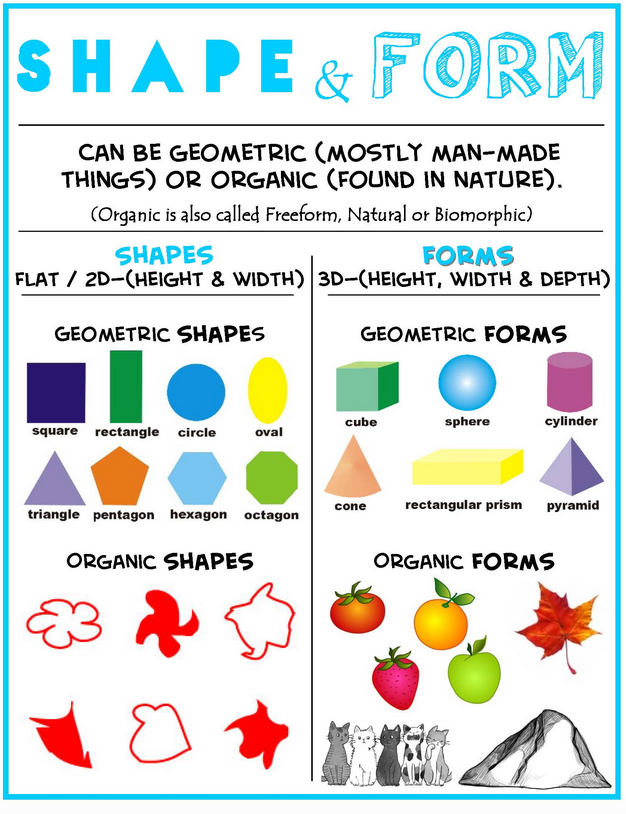
Illustration by Amy Gibson, Canyon Crest Elementary


A shape is a closed two dimensional flat line, meaning that it has length & width. Using the example of a house that you might draw on a piece of paper. You recognize that the drawing on the left is a house, but are not able to determine how large it is, or look around it, because it is on a flat piece of paper. Now look at the house on the right. It gives you a clear sense of its size, shape, and form (which we will focus on next week). Shape falls into two categories: geometric and organic.

Geometric vs. Organic
As quilters, we are very familiar with blocks and patterns using two dimensional shapes such as a square, rectangle, triangle, or hexagon. These shapes are created using mathematical formulas. You might want to think of them as something that is man-made.
LeMoyne Star Variation by Deb Tucker.
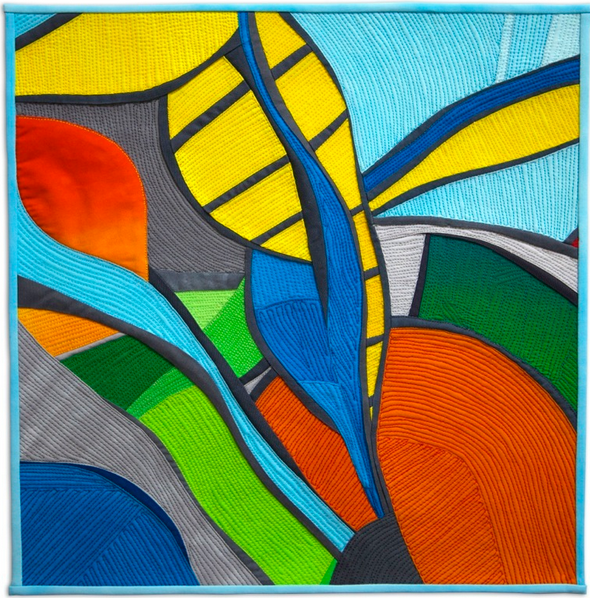
Organic shapes are free-flowing, irregular, and less defined. These shapes are often found in nature, such as plants and animals. The line that encloses the organic shape can be curved, angular, or a a blend of both. Twisted Hornet by Sheila Frampton Cooper (Show 1306: No-Pin Curves and Quilting "Modern") is an example using Organic shapes.
Twisted Hornet by Sheila Frampton Cooper
Positive vs. Negative Shape
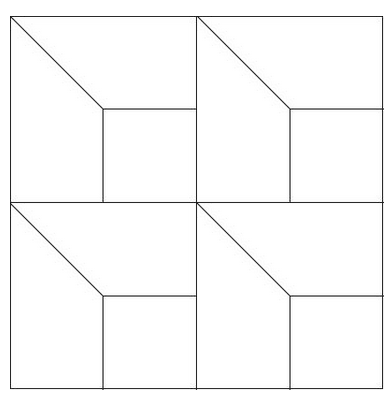
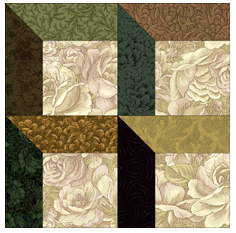
Block #95 Attic Window. Jinny Beyer.com
Shapes can also be categorized as Positive or Negative as in the Attic Window block. Positive shapes are the solid forms which make up the window. Negative shape is the space between the shapes (inside the window). The Attic Window block is a perfect example of using both positive and negative space to give the illusion of a three dimensional window.
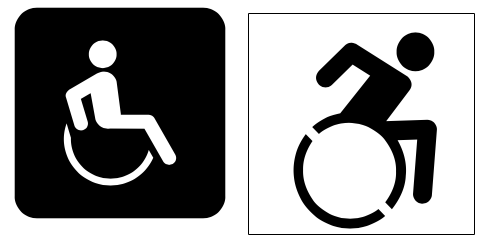

Negative shape is the area around/between the shape, such as in the illustrations on the left and of a pair of scissors.
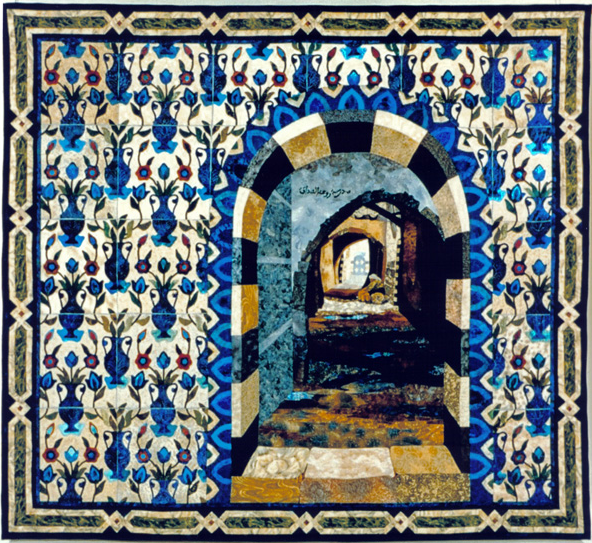
In Jenny Bowker's (Show 1804: Quilting Outside the Blocks) quilt Arabesque, the doorway is the positive space, while the opening is considered the negative space.
Combining Elements of Shape
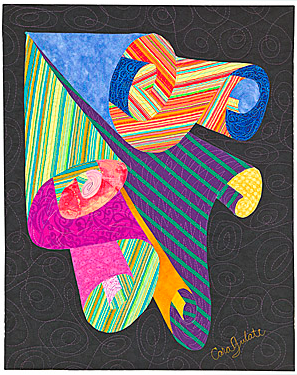
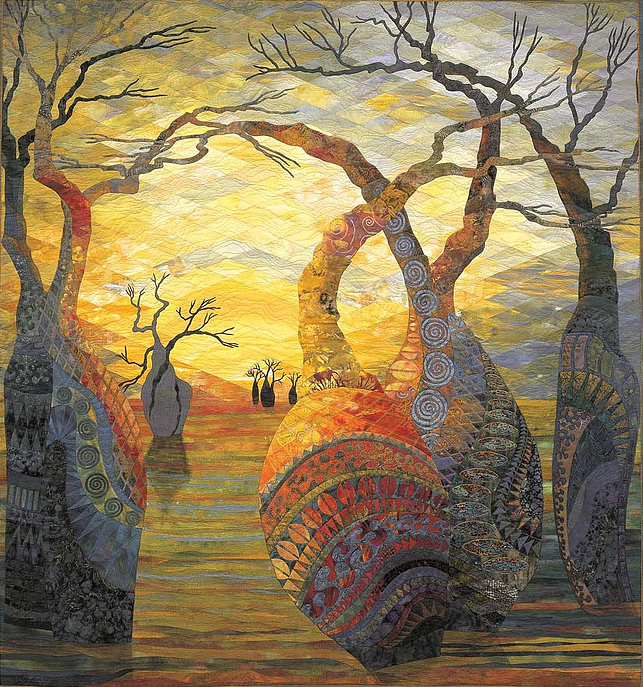
Rainbow Waterfall 1 by Cara Gulati (Left) ; Kimberley Mystique by Gloria Loughman (Right)
In the case of Rainbow Waterfall 1 by Cara Gulati (Show 1105: Curves Ahead...and More!) the organic shape that occupies the negative and positive space is more fluid and varies. While Gloria Loughman's (Show 612: Nature's Journey) Kimberley Mystique combines both geometric (background sky) and organic shapes (trees and foreground).
Practice Exercise: Recognizing Shape in Quilts
Each of the four quilts feature a number of shapes. In each category we are giving you an easy and a challenge. Put your eagle eyes on to spy the various shapes.
1. How many geometric shapes can you find in Quilts 1 & 2?
2. How many organic shapes can you find in Quilt 3?
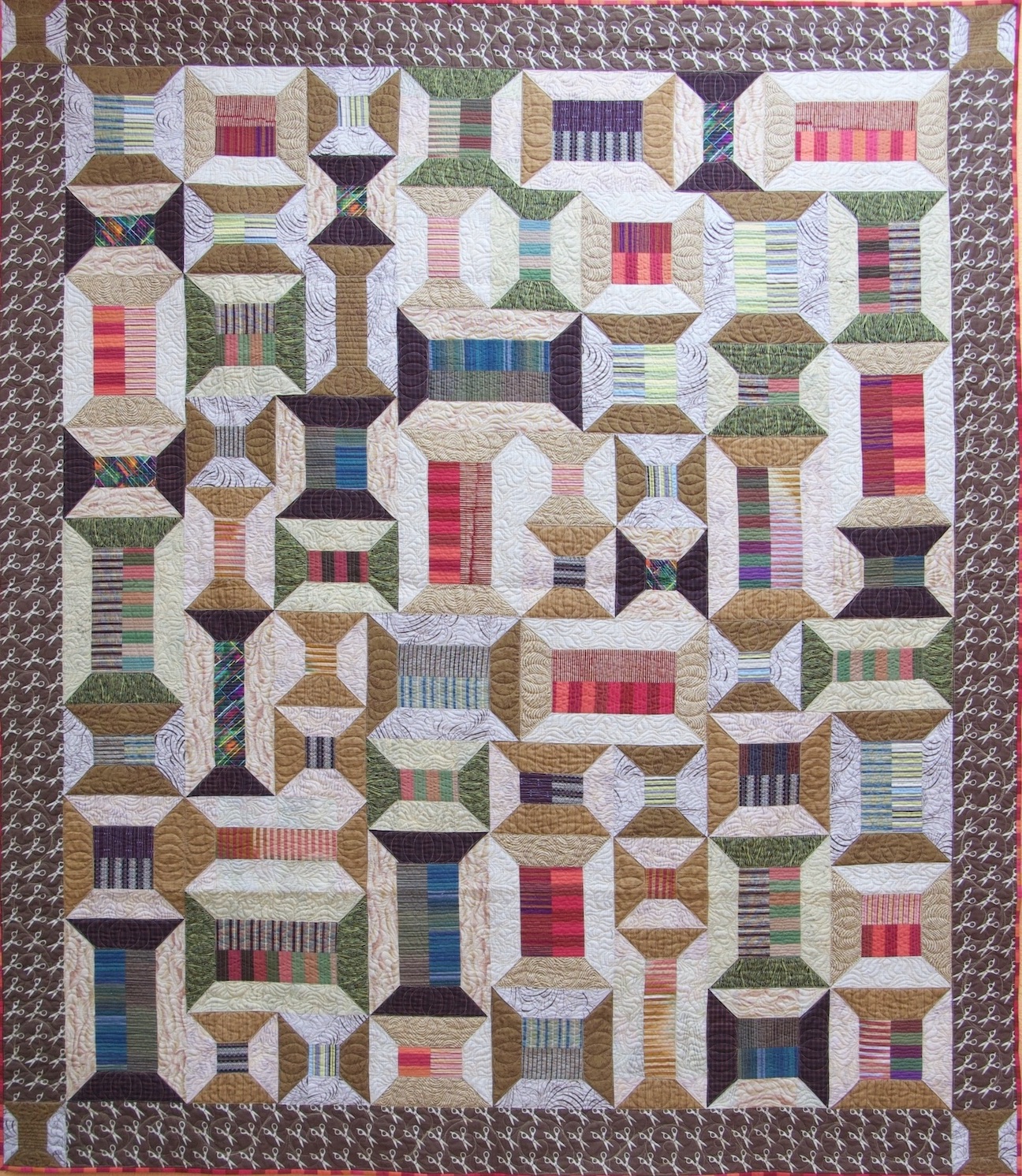

1. Spoolin' Around by Laura Nownes. Photo by Gregory Case Photography. 2. Butterfly Quilt by Tula Pink. Photo by Gregory Case Photography


3. Johnny Jump Ups by Jane Sassaman. Photo by IQA. 4. Clipper Ship by Wendy Grande. Photo by Gregory Case Photography
Click here for more topics related to The Art of Quilt Design program.


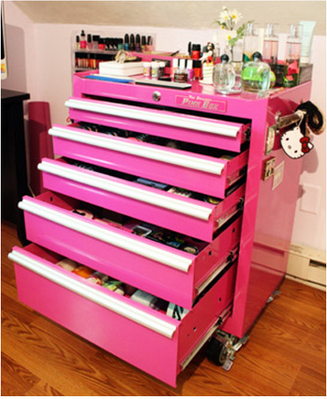 Looking for inspiration to create your perfect quilting and crafting space? Check out this article from Redfin.com, 13 Tips for Creating the Ultimate Crafting Space. It is chock full of ideas, and one of them even came from TQS!
Looking for inspiration to create your perfect quilting and crafting space? Check out this article from Redfin.com, 13 Tips for Creating the Ultimate Crafting Space. It is chock full of ideas, and one of them even came from TQS!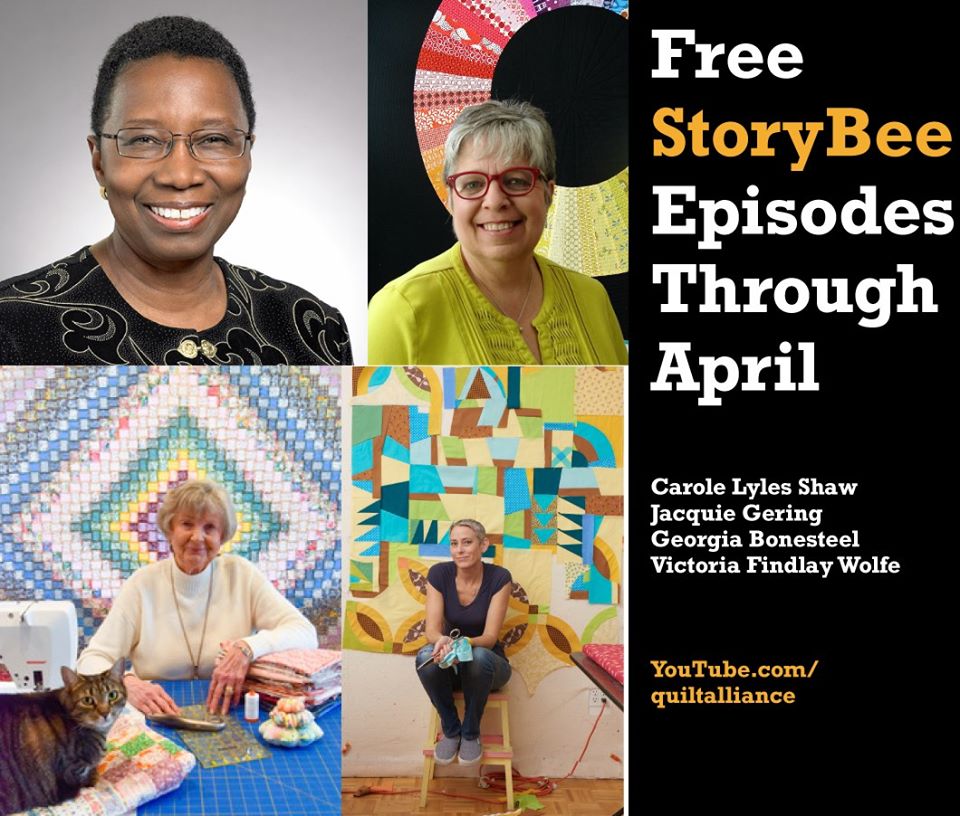 The
The 
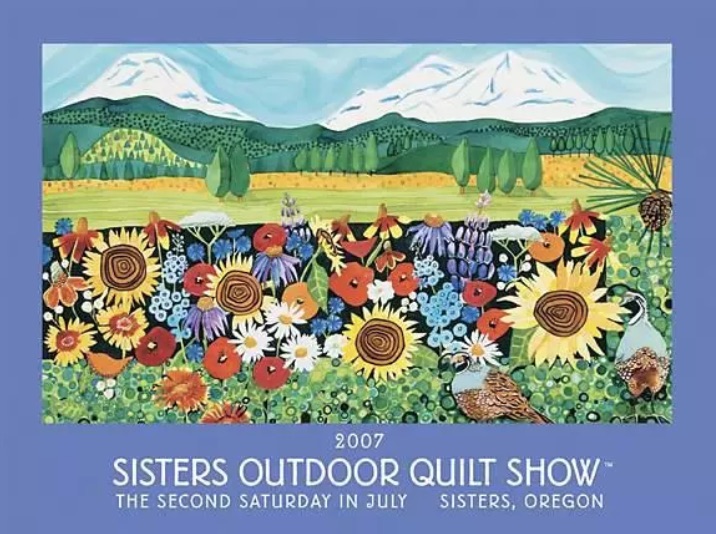



















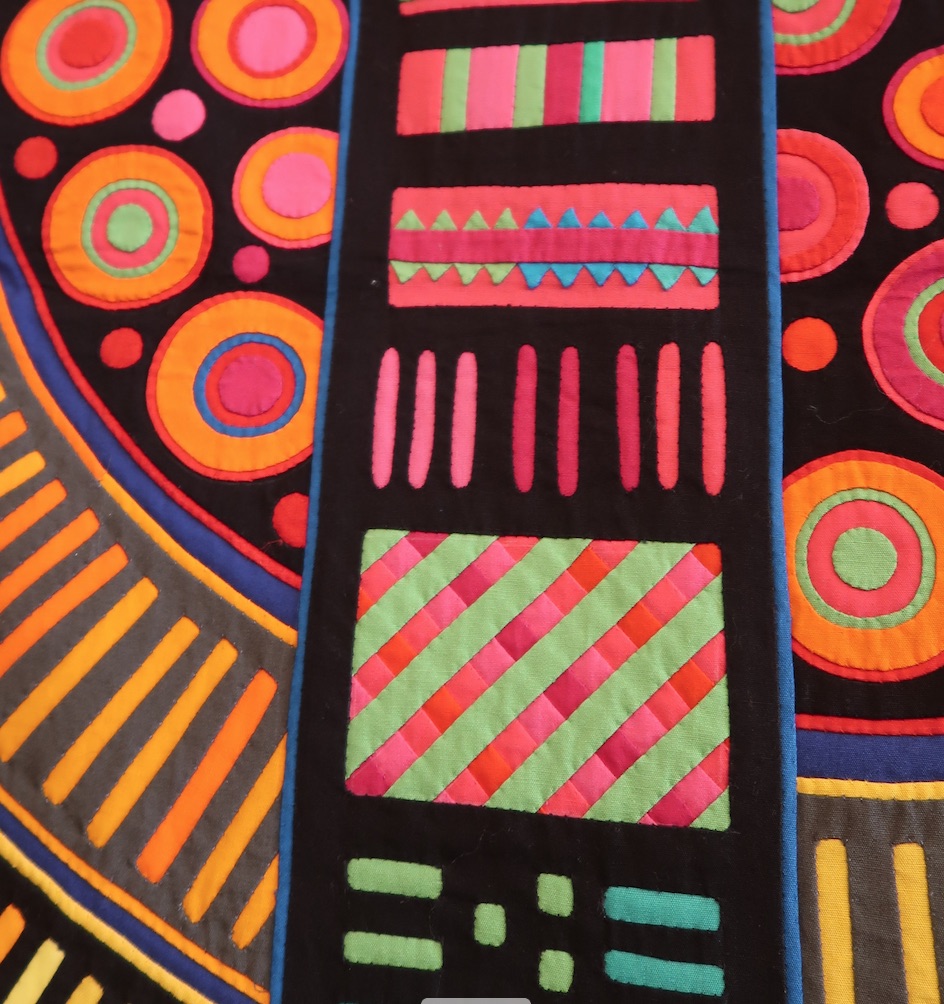
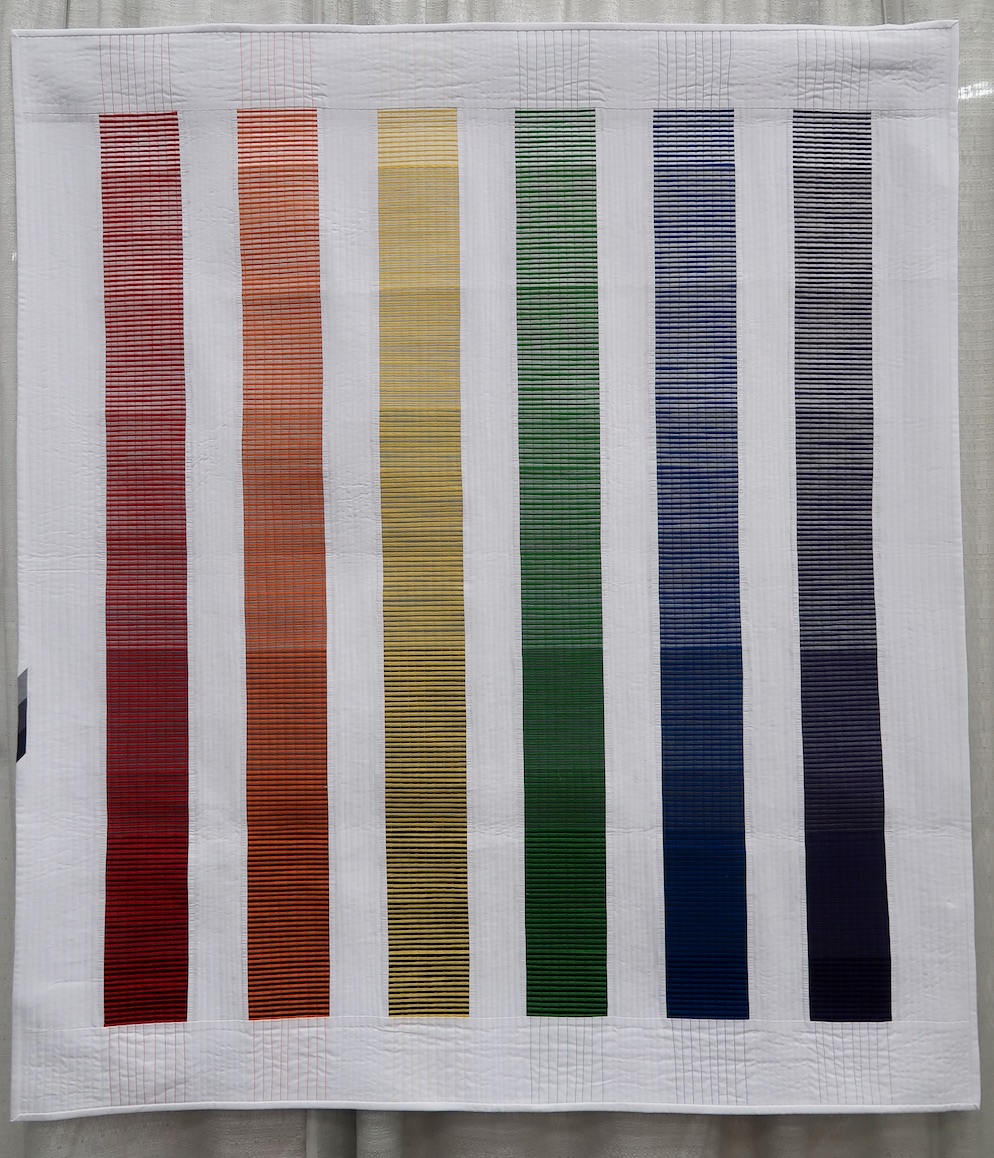
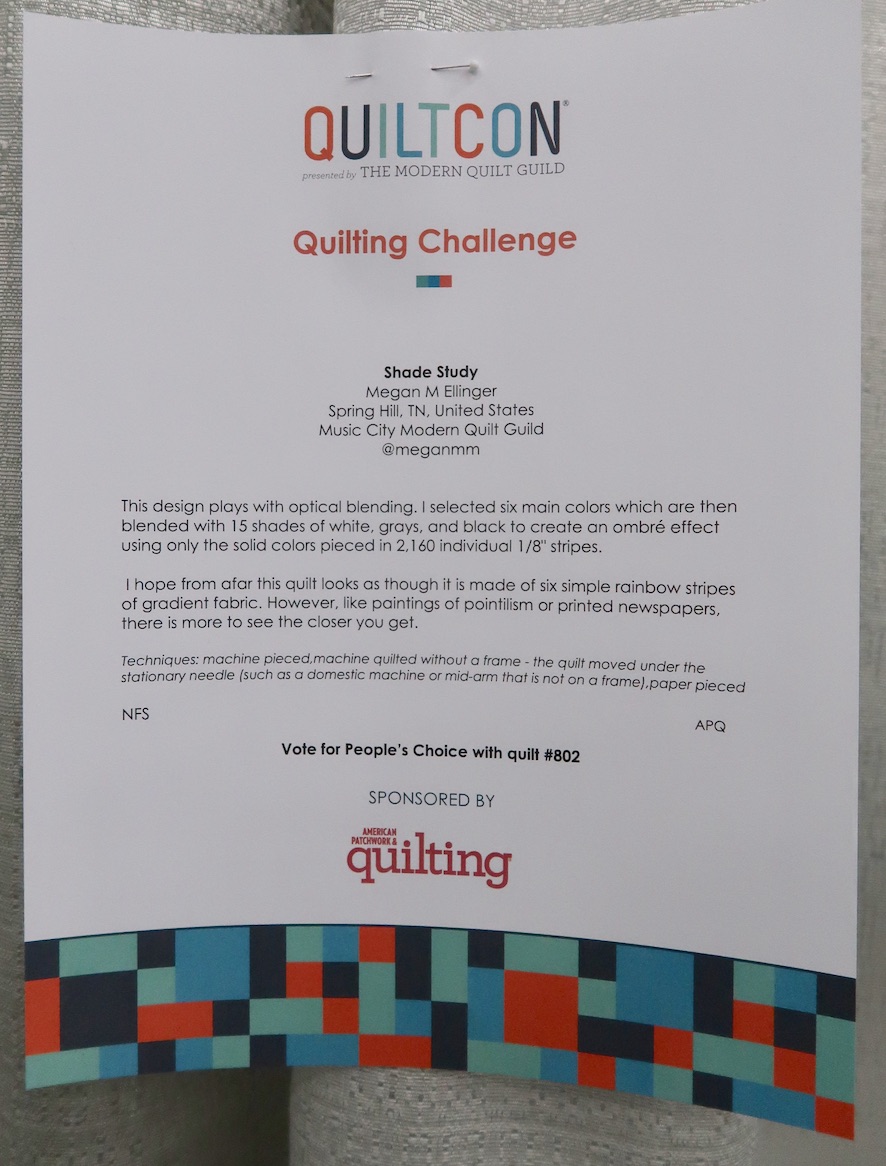
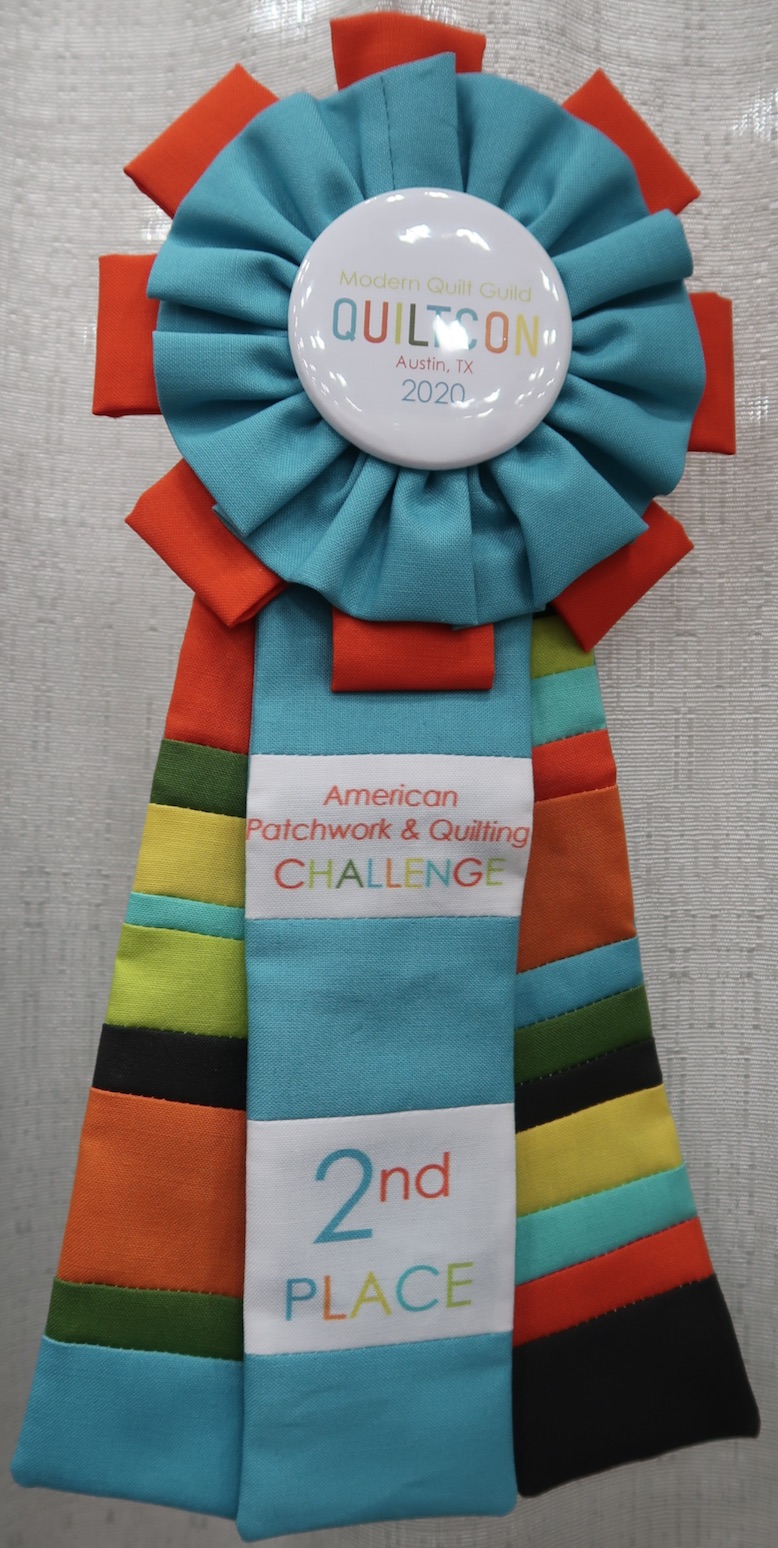
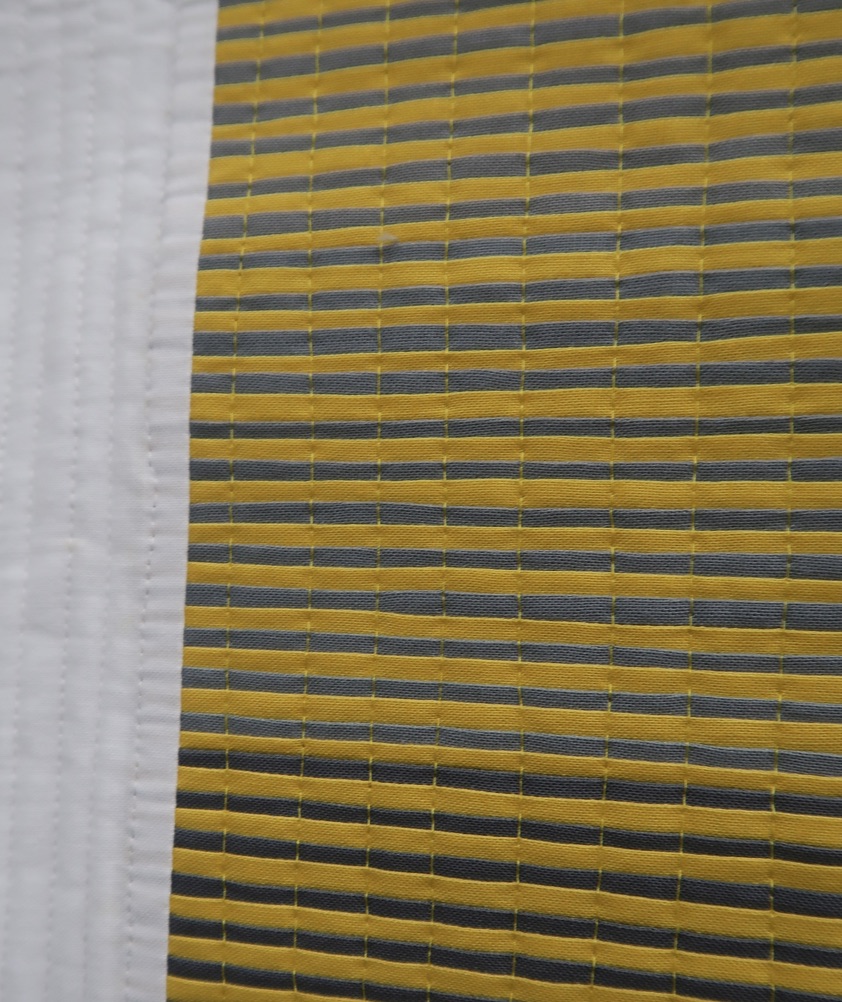
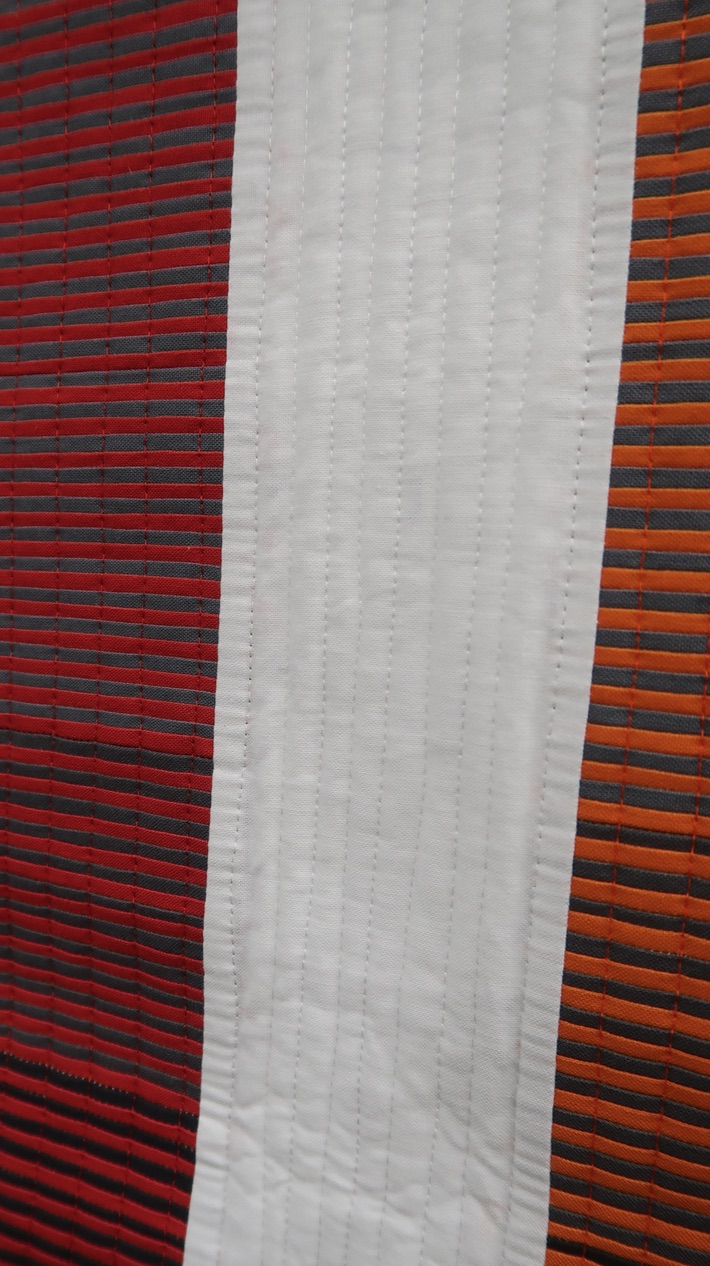



.jpg)


